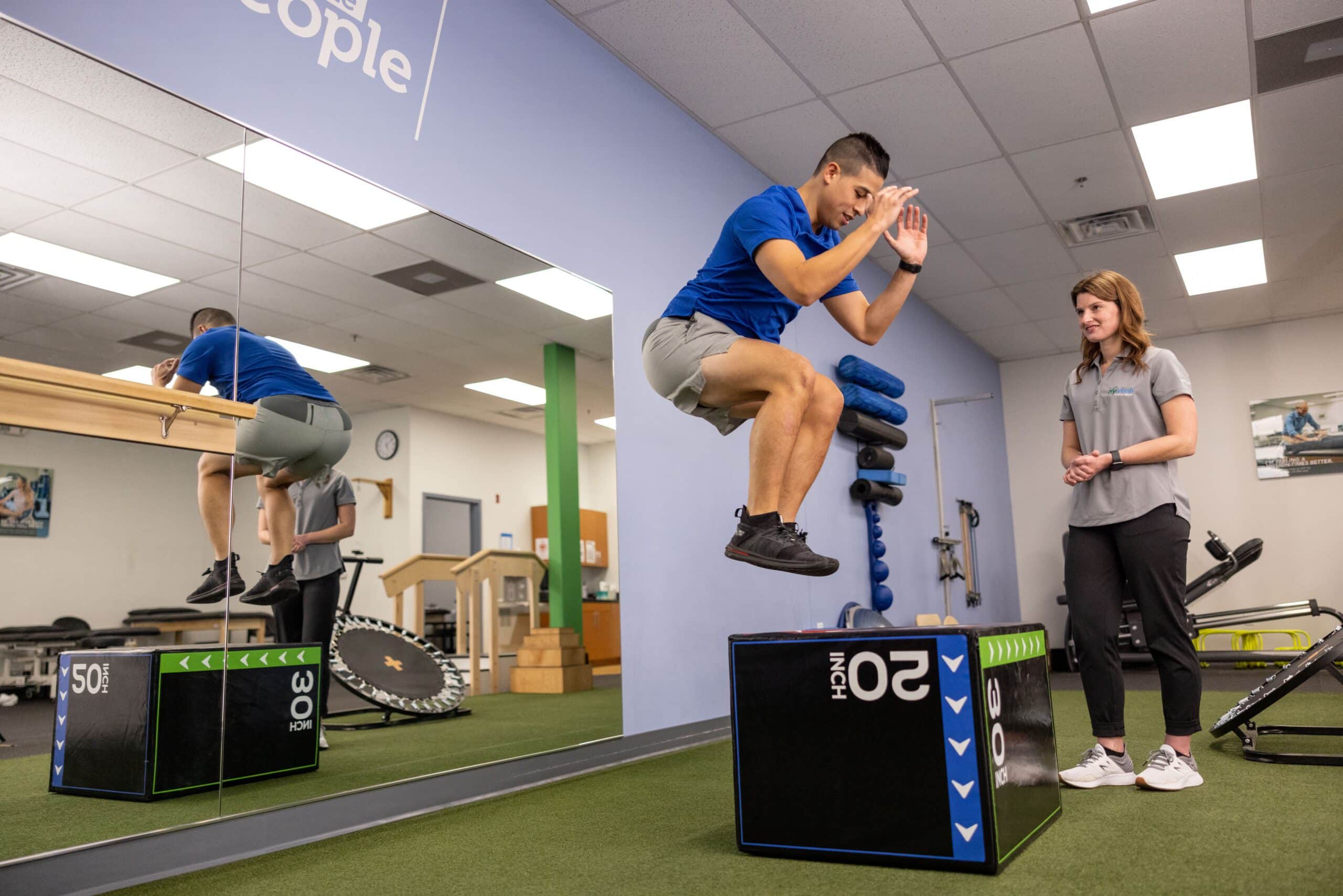Empowering Rehabilitation and Performance Via Effective Injury Mitigation Strategies in Physiological Rehabilitation and Personal Coaching
Empowering Rehabilitation and Performance Via Effective Injury Mitigation Strategies in Physiological Rehabilitation and Personal Coaching
Blog Article
Within the world of physiological therapy and personal coaching, injury prevention is a vital aspect that can substantially enhance recovery and efficacy. Efficient injury avoidance tactics assist clients avoid setbacks that can occur due to physical activity. These tactics are crafted to fortify the body, enhance mobility, and promote correct movement mechanics. By concentrating on these areas, both physical rehabilitators and personal coaches can enable their clients to achieve their wellness objectives while reducing the risk of harm.
One of the essential components of injury avoidance is understanding the importance of appropriate warm-up and recovery routines. A preparation readies the body for activity by boosting circulation supply to the tissues and enhancing mobility. This can include dynamic flexibility exercises and gentle cardiovascular exercises that slowly elevate the heart rate. On the contrary side, a cool-down helps the body shift back to a resting state, lessening muscular soreness and rigidity. Including these routines into a fitness program is essential for preserving overall physiological well-being and preventing harm.
Another crucial strategy is the application of resistance training to build muscle and stabilize articulations. Robust muscular can assist stabilize joints, which minimizes the chance of injuries during physical exertions. Personal trainers often create strength training regimens that focus you can try these out on particular muscle areas, guaranteeing a well-rounded method to wellness. Additionally, physical rehabilitators may use strength exercises to assist participants rehabilitate from injuries while also avoiding subsequent issues. By concentrating on resistance, individuals can enhance their performance in athletics and everyday activities.
Flexibility training is also a vital part of injury avoidance. Stretching exercises improve the range of movement in joints and assist maintain muscle elasticity. This is particularly important for athletes who participate in high-impact athletics, as tense muscular can result to injuries and sprains. Both physiological rehabilitators and individual coaches can include mobility exercises into their regimens, such as static and dynamic flexibility exercises, yoga, or Pilates. By encouraging mobility, clients can enhance their overall movement quality and reduce the risk of harm.
Finally, educating clients about body movement and correct methods is crucial for injury avoidance. Comprehending how to perform properly during exercises can greatly minimize the chance of harm. Individual coaches and physiological rehabilitators can instruct participants about alignment, posture, and the significance of listening to their bodies. This knowledge empowers individuals to make informed decisions about their physical exertions and identify when they may be at danger of injury. By fostering a strong base of injury avoidance strategies, both fields can help participants rehabilitate efficiently and perform at their peak.